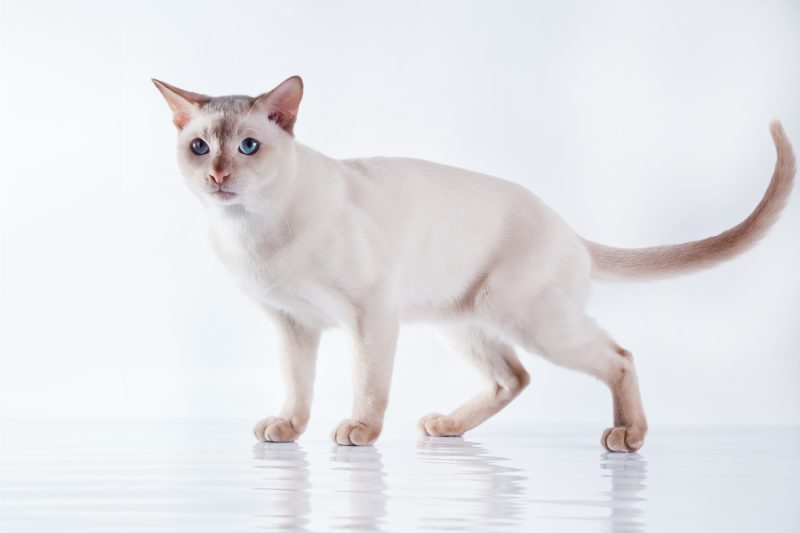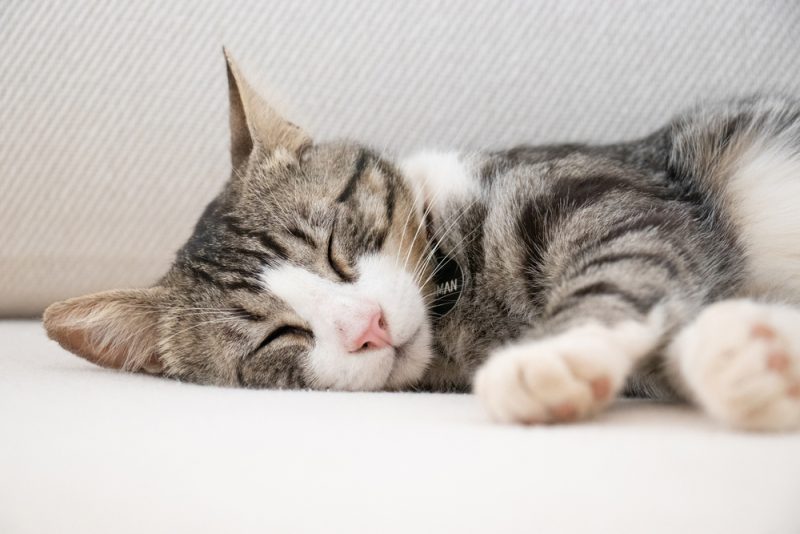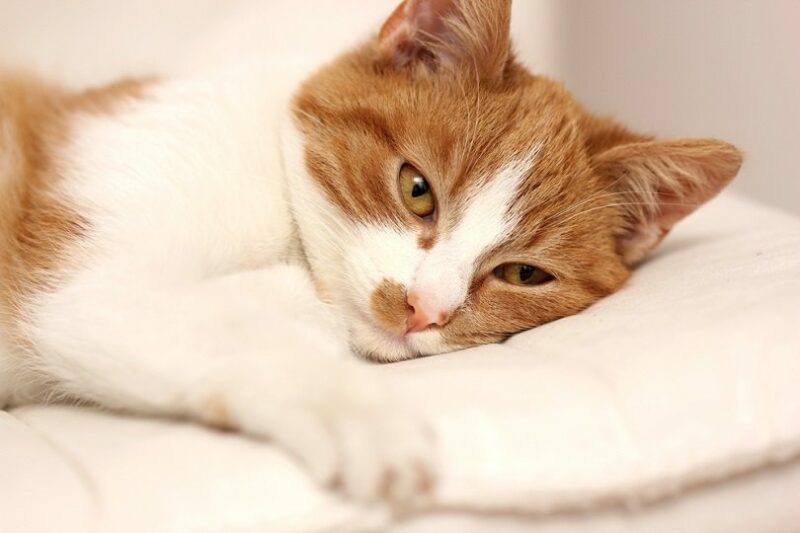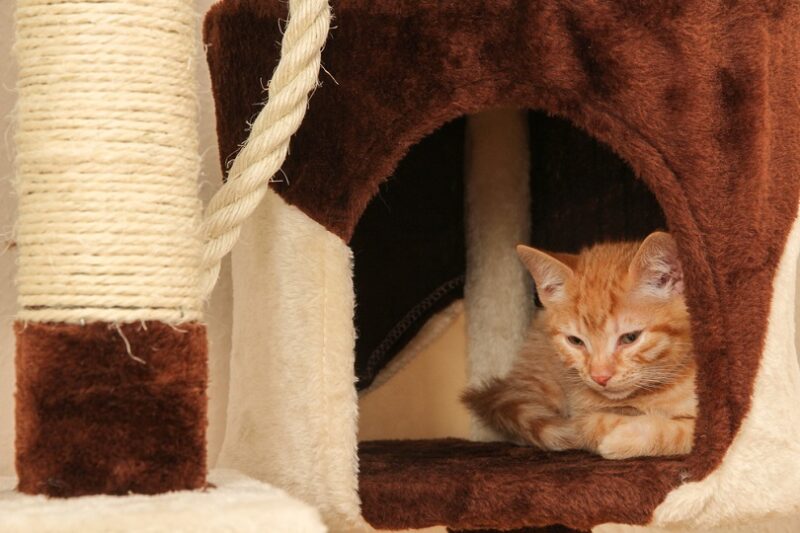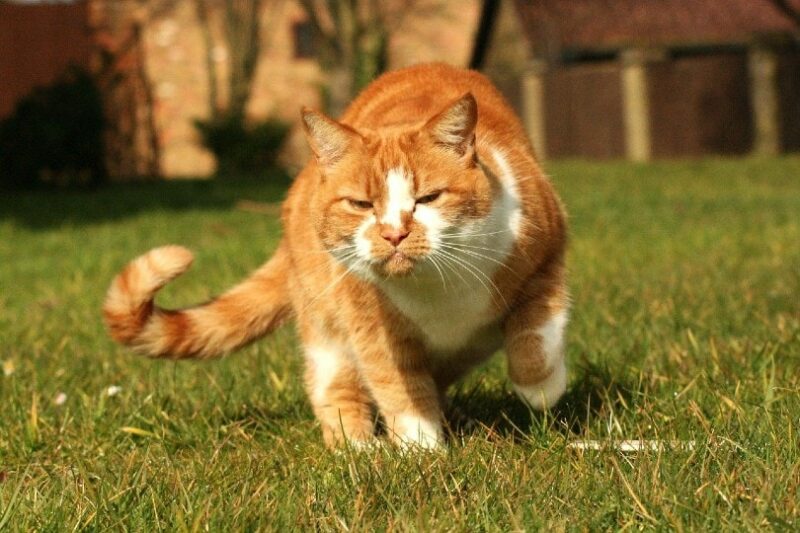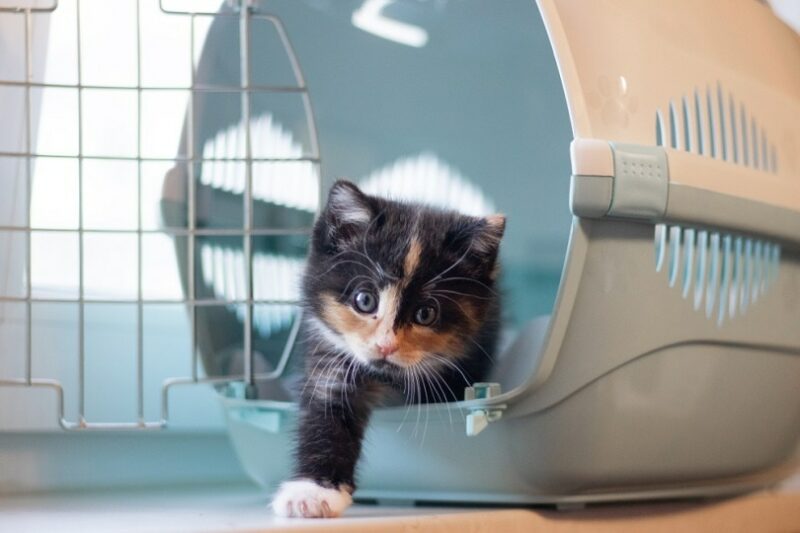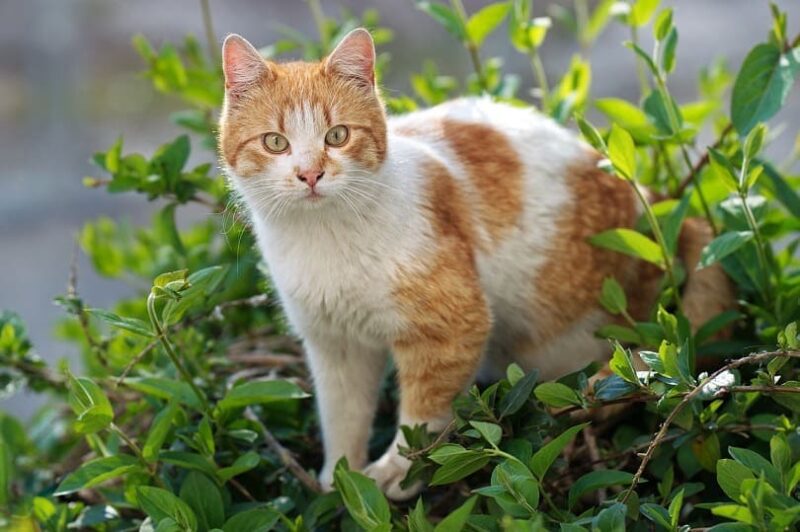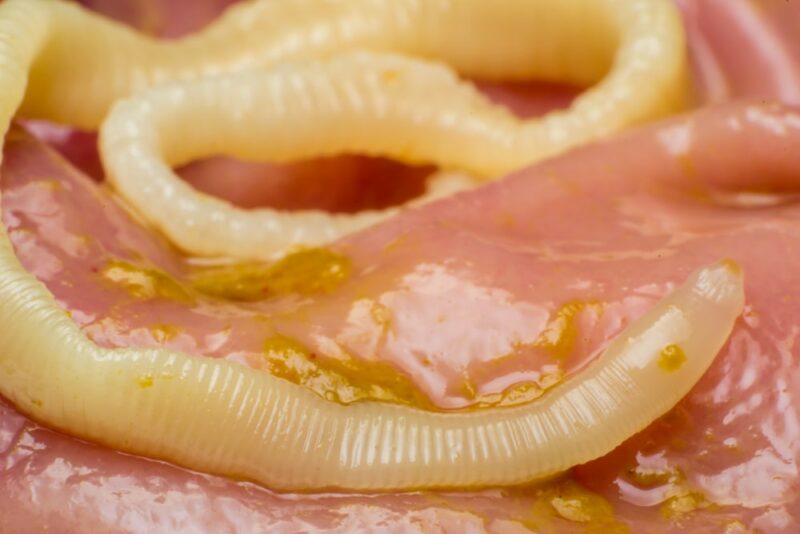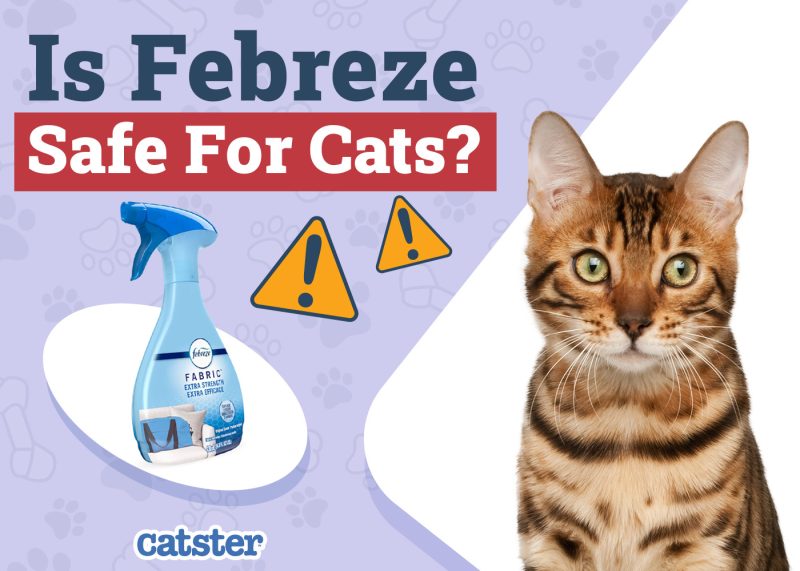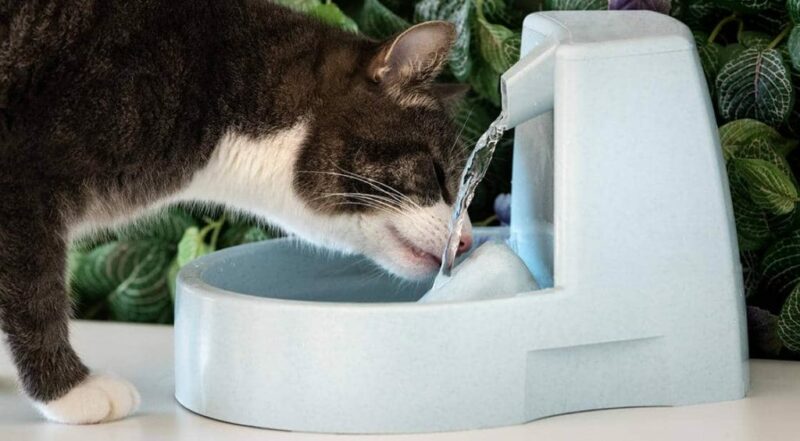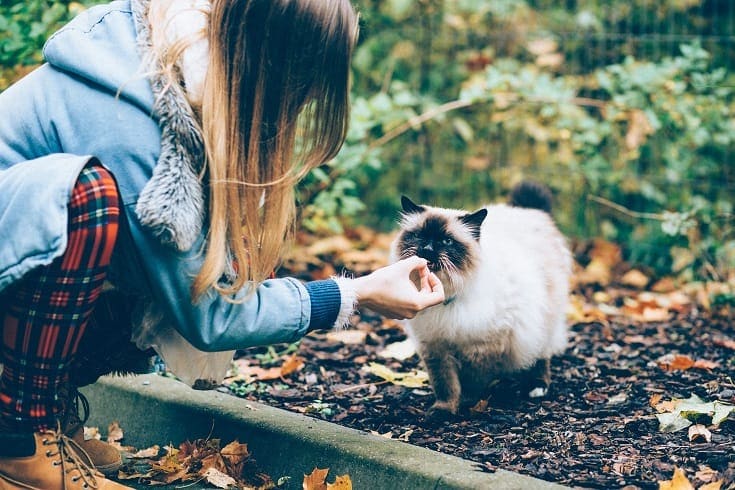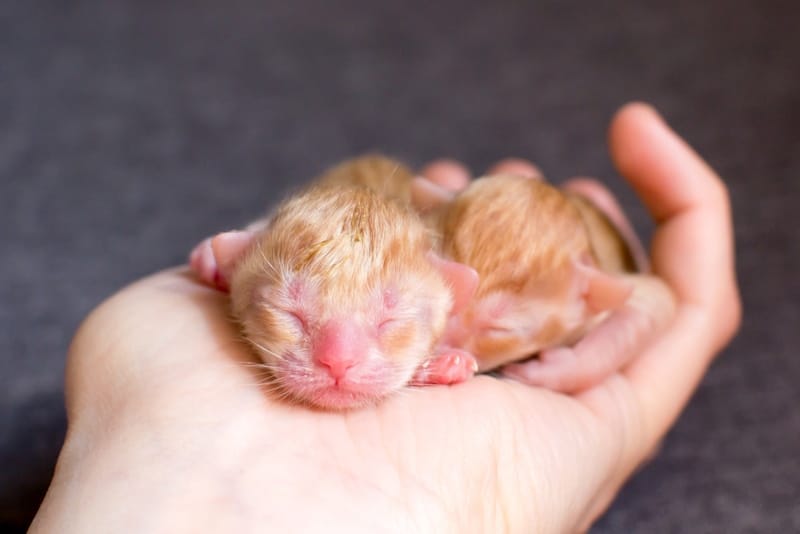In this article
View 8 More +Are you on the prowl for that purr-fect feline that you can bring home to your family today? If so, the Tonkinese cat may be the ideal purebred for you! As a truly unique breed developed to capture the best characteristics of the Burmese and Siamese, the Tonkinese is an affectionate, friendly, and highly intelligent cat that loves children and other pets.
Breed Overview
Height:
6–8 inches
Weight:
6–12 pounds
Lifespan:
10–16 years
Colors:
Fawn and black, Silver, Gray, Taupe, Blue, Lilac, Brown, Caramel
Suitable for:
Seniors, Apartment dwellers, Families with older children
Temperament:
Playful, Intelligent, Loyal & loving, Curious
In this in-depth guide on the Tonkinese, we’ll discuss everything you need to know about this unique cat to decide if this breed is right for you.
Tonkinese Characteristics

Tonkinese Kittens
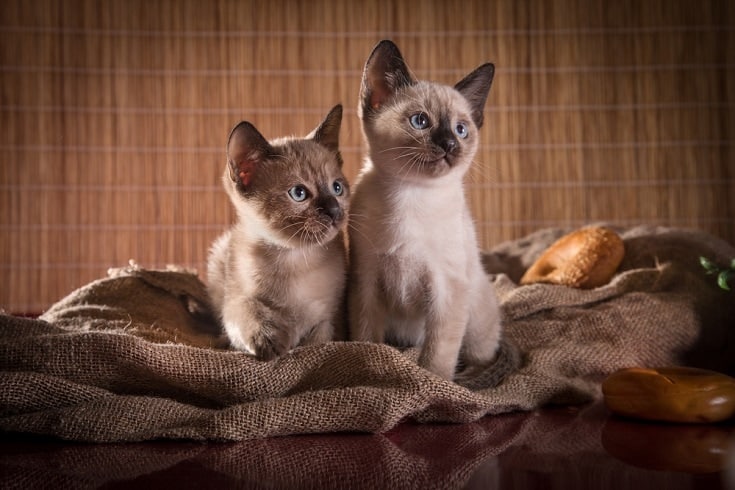
Painstakingly developed through careful breeding selection, the Tonkinese was originally conceived by Margaret Conroy, a Canadian breeder, in the 1960s. It’s now recognized by The International Cat Association, the Cat Fanciers’ Association, and the Canadian Cat Association; the Tonkinese is an extremely popular breed all across the world.
But this doesn’t mean that the Tonkinese comes at an affordable price tag. In fact, the cost of Tonkinese kittens is on the steeper side of the spectrum. Before you go combing internet classified ads or running to your local pet store in search of a good deal, it’s important to buy a Tonkinese kitten from a reputable cat breeder.
Just like dog breeders, bad cat breeders want to gain a pretty profit at the expense of the animals they are breeding and selling. All across the United States, commercial cat breeding operations known as kitten mills are churning out hundreds of purebred kittens annually. Though these purebred kittens are being offered at exceptionally low prices, they are often plagued by numerous physical and emotional problems.
This is because kitten mills often do not care about the health and happiness of their cats and kittens. Felines are kept in close, cramped quarters, with numerous cats occupying the same small space. These cages are typically unsanitary, spreading disease and discomfort. While you’re on the lookout for a good Tonkinese cat breeder, it’s important to know some of the warning signs of a kitten mill.
- Unsanitary living conditions
- A breeder who seemingly always has purebred kittens for sale at low prices
- An overpowering odor of ammonia
- Injured and deformed cats
- Cats with matted fur and overgrown nails
- No vet or vaccine records on the kittens or the parents
- No references from past clients
- An unwillingness to allow you to visit the property
If you come across any of the aforementioned red flags, do not do business with the breeder. You could be bringing home a Tonkinese kitten with several health complications.

Temperament & Intelligence of the Tonkinese
The Tonkinese is the perfect package! With great looks and an awesome personality to match, the Tonk will make a great pet for almost everyone. The Tonkinese is playful, curious, loving, and charismatic, and it loves getting attention and affection from its family. This includes kids and even other household animals! The cat is also an intensely intelligent feline and can even learn basic tricks, like fetching and giving you high fives.
Due to their social nature, the Tonkinese will not do well in a household where their human companions are gone for long periods. This could result in the cat getting bored, lonely, and restless.
Are These Cats Good for Families? 👪
Yes, the Tonkinese cat is wonderful for families, even ones with younger children. Because of their outgoing, social, and loving nature, the Tonkinese will thrive in a household with numerous kids.
Does This Breed Get Along with Other Pets? 🐶 😽
Absolutely! The Tonkinese is an extremely good-natured kitty who loves playing with other household cats and even dogs.
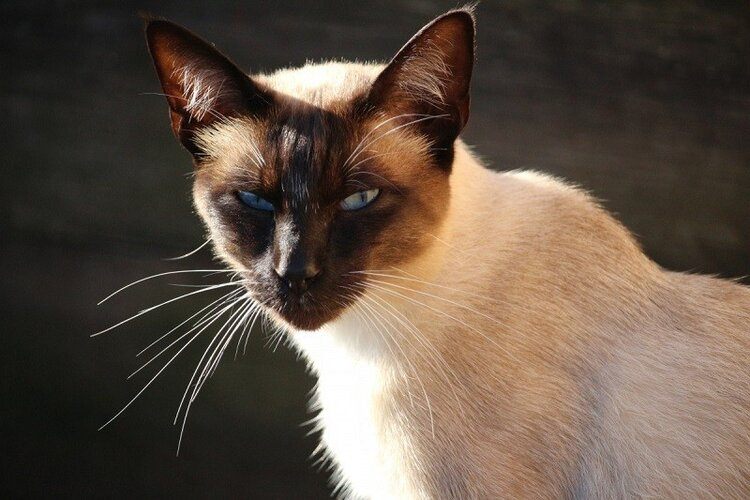

Things to Know When Owning a Tonkinese
Now that you know more about your Tonkinese cat’s personality, let’s explore all of its other wellness requirements, including the diet and grooming needs.
Food & Diet Requirements 
One of the most important considerations when you bring a new Tonkinese kitty home is exactly what to feed the cat. Should you feed her dry or wet cat food? The truth is, both options are great for this breed. Wet food, in moderation, can keep them properly hydrated, while quality cat kibble will provide them with all of the vitamins and nutrients.
Exercise 🐈
Like any other animal, your Tonkinese will need adequate amounts of daily exercise to stay fit and healthy. The easiest way to exercise your feline friend is to use interactive cat toys, such as a laser or feathers on a fishing pole. Both of these toys encourage your cat to move, run, and jump.
Along with physical stimulation, your Tonkinese needs mental engagement as well. Electronic toys that they can play with by themselves are great. But they aren’t suitable replacements for good old-fashioned human connection. Spend a lot of quality time with your Tonk by petting and cuddling them.
Training 🧶
Thanks to its high intelligence, it is possible to train your Tonkinese. Positive reinforcement methods, such as clicker training, work great for this breed.
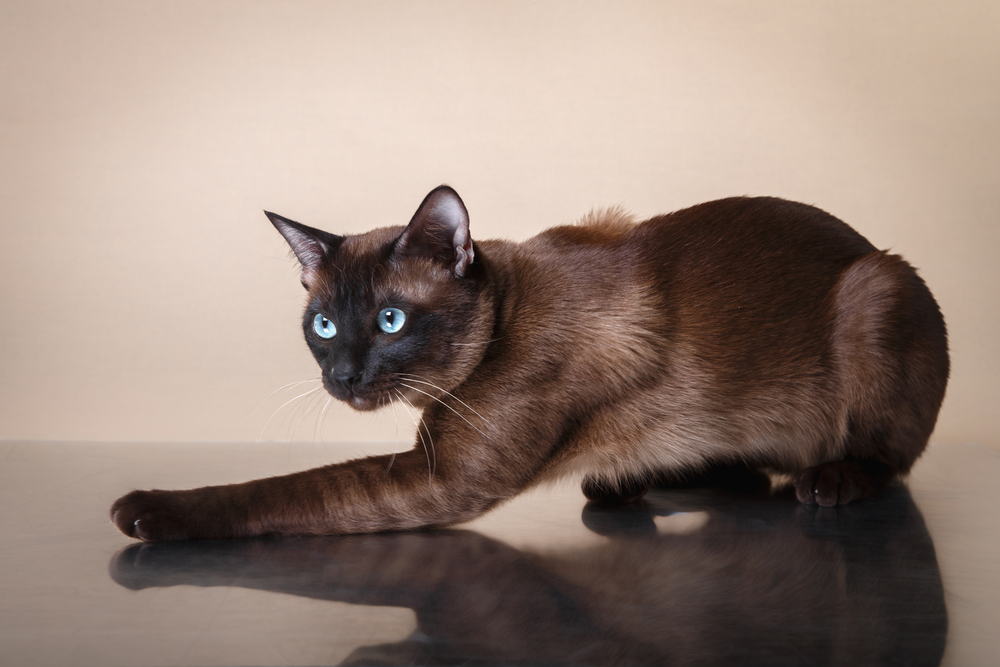
Grooming ✂️
Though it isn’t a high-maintenance breed when it comes to grooming requirements, your Tonkinese loves to be brushed, petted, and stroked. To keep the thick coat shiny and free of tangles, use a rubber grooming paddle. This will gently massage their skin as you brush them for an amazing spa-like experience.
Health and Conditions 🏥
- Crossed eyes
- Diabetes
- Amyloidosis
- Asthma
- Progressive retinal atrophy
- Heart defects
- Hyperesthemia syndrome
- Lymphoma
- Nystagmus
Though the Tonkinese are healthy and hardy cats overall, they are prone to certain health issues that are associated with the two parent breeds, the Burmese and the Siamese.
This is why it is so important to buy a Tonkinese from a responsible cat breeder that conducts rigorous health tests on the kittens they sell. Equally as important is to routinely take your cat in for regular vet appointments.
Male vs. Female
Male Tonkinese cats will be larger than their female counterparts. No large personality differences exist between the two sexes.
3 Little-Known Facts About the Tonkinese
1. The Tonkinese Became a Purebred in 2001
The Tonkinese was officially changed from a crossbred to a purebred in 2001.
2. They Can Have Blue Eyes
Thanks to its Siamese and Burmese origin, your Tonkinese can have stunning ice-blue eyes.
3. Their Popularity Spiked Thanks to the Show “Jeopardy”
That’s right! Thanks to a New Jersey breeder who mentioned the breed on the popular game show “Jeopardy,” the Tonks’ popularity skyrocketed.

Final Thoughts
If you’re searching for a lovable and loyal feline friend, the Tonkinese cat breed could be the perfect match for you and your family. They’re outgoing, playful, patient, and smart, and they get along with young children and other pets. Since they’re highly social, these cats will not do well if left alone for long stretches of time and may develop separation anxiety.
When shopping for a Tonkinese breeder, keep an eye out for signs of a kitten mill, including cheap prices, filthy living conditions, and no vet records. The Tonkinese is an amazing cat for almost any home. Consider adding this lovely ball of fluff to your family today!
See Also:
- European Burmese Cat Breed: Temperament, Pictures & Traits
- Lilac Point Siamese Cat Breed Info: Pictures, Temperament & Traits
Featured Image Credit: dezy, Shutterstock
